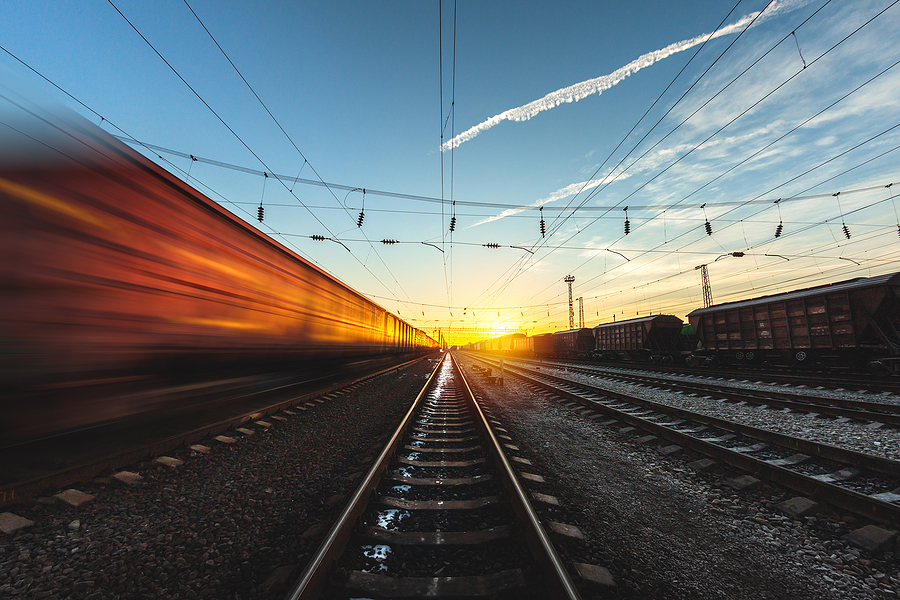The vision of a high-speed rail line whisking passengers between Vancouver, British Columbia, and Portland, Oregon, in a mere two hours has inched closer to reality, securing a significant $49.85 million grant from the U.S. Department of Transportation. This injection of federal funding marks a pivotal moment for the Cascadia high-speed rail project, propelling it into the next phase of development and bolstering the decade-long dream of a seamless transportation corridor linking the region’s burgeoning innovation hubs. The project’s proponents, a diverse coalition of tech giants like Microsoft, alongside local, state, and national elected officials, envision sleek trains hurtling along the tracks at speeds reaching 250 miles per hour, revolutionizing travel and connectivity within the Cascadia Innovation Corridor.
The journey toward realizing this ambitious project has been marked by both persistent advocacy and measured progress. Early investments, such as Microsoft’s $50,000 contribution in 2017 to a $300,000 Washington state-led feasibility study, laid the groundwork for subsequent milestones. In 2021, a tri-governmental memorandum of understanding between Washington, Oregon, and British Columbia solidified a collaborative commitment, establishing a dedicated committee to orchestrate the project’s advancement. A crucial breakthrough occurred a year later when the Cascadia route gained entry into the Federal Railroad Administration’s Corridor Identification and Development Program, marking a formal recognition of the project’s potential and setting the stage for detailed planning.
Microsoft President Brad Smith has been a vocal champion of the high-speed rail initiative, highlighting its transformative potential for the Cascadia region. Speaking at the annual Cascadia Innovation Corridor conference in November, Smith underscored the project’s multifaceted benefits, emphasizing its capacity to forge stronger cross-border connections, stimulate job creation, fuel innovation, foster inter-university collaboration, enhance transportation efficiency, and address climate change concerns. This advocacy, coupled with the concerted efforts of thirteen federal lawmakers from Washington and Oregon who penned a letter to Transportation Secretary Pete Buttigieg in September urging support for the project’s progression to the next phase of the Corridor ID Program, underscores the growing momentum behind this regional endeavor.
The recent federal grant represents a resounding affirmation of the project’s significance and a tangible step towards its realization. The funding infusion will empower the state to collaborate with local communities, meticulously chart the optimal high-speed rail route, and initiate preliminary design work. This collaborative approach aims to ensure that the project seamlessly integrates with existing infrastructure while maximizing its positive impact on the region’s residents and businesses. Washington Senator Maria Cantwell hailed the grant as a transformative opportunity, envisioning a future where Washingtonians can bypass congested highways and reach their destinations with unprecedented speed and efficiency.
The sustained financial commitment from both the public and private sectors underscores the project’s perceived value and its potential to reshape the regional landscape. With over $150 million already invested in planning and development, including $25 million earmarked for the next phase of the federal program, the Cascadia high-speed rail project has garnered substantial financial backing, reflecting a shared belief in its transformative potential. Washington Senator Patty Murray lauded the federal award as a crucial step forward, emphasizing its role in supporting vital planning activities, community engagement, and initial design efforts.
The Cascadia high-speed rail project represents a bold vision for the future of transportation in the Pacific Northwest. It promises to not only shrink travel times between major cities but also to foster economic growth, enhance regional connectivity, and contribute to a more sustainable transportation future. The recent federal grant, coupled with the ongoing support of tech giants, elected officials, and community stakeholders, positions the project for continued progress, bringing the dream of a high-speed rail network in the Cascadia corridor closer to fruition. As the project advances through its planning and development phases, it holds the promise of revolutionizing travel and transforming the region’s economic and social landscape.


